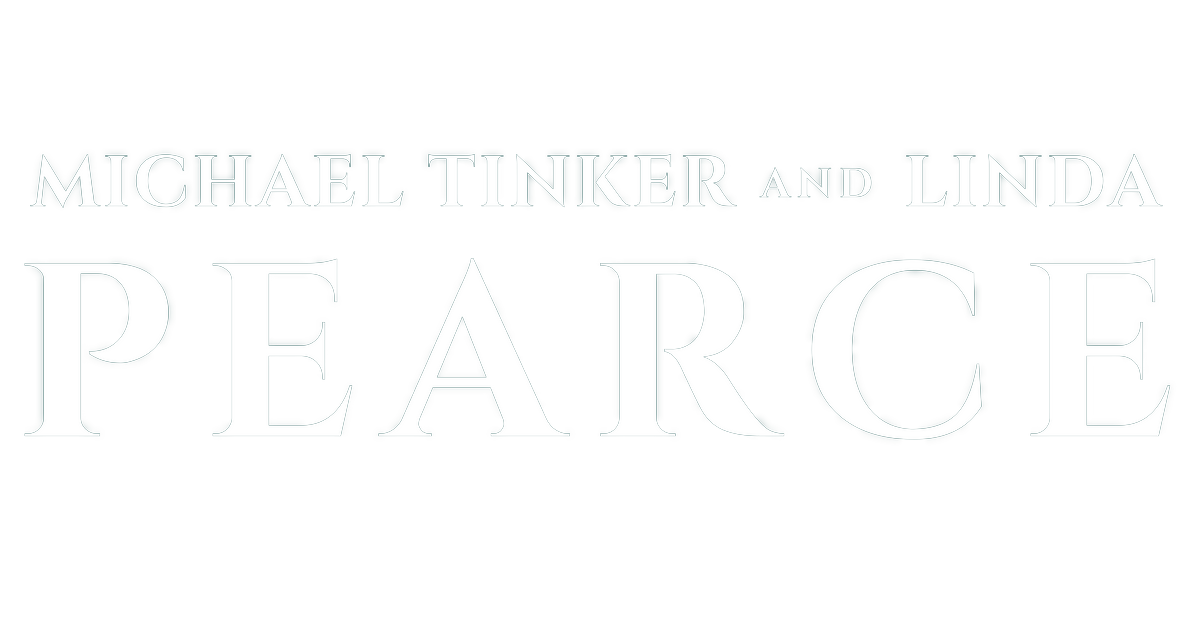Don’t be intimidated by all of this. You don’t have to know all of this to understand and enjoy the book, and these things are explained, when it matters, as you go along. A lot of terms and military units are involved in the novel, and some of the terms can be rather vague so I thought that I’d fill you in on what they mean in the Dwarves world. Strictly for those of you that want to geek out on this stuff.
First off are Measures:
A ‘Pace‘ is the standard unit of measure for distance. The military ‘Pace’ in our world has been the same since the time of the Roman Empire, and is about 2.5 feet. Dwarves are shorted than us, so their ‘Pace’ is 2 feet. So one hundred paces is two-hundred feet, or 66.7 yards.
A League is three miles, and the dwarven ‘mile’ is two-thousand paces, or a bit over a kilometer.
‘Bore‘ refers to the diameter of the weapons. This is the same as the ‘gauge’ system used for shotguns. Rather than get into how it is determined here are some equivalents: 36-bore is about .5 inches, or .50 caliber. 16-bore is about .66 caliber, 14-bore is about .69 caliber and 12-bore is about .72 caliber.
Weights are the same as ours for our (the author’s) convenience.
Military terms:
Unit sizes: these are nominal, IOW what the unit has ideally. This varies in practice.
A Squad is ten men, all fighters
A Platoon is four Squads, all fighters
A Company is five Platoons, four ‘of the line’ (actual fighters) and one Headquarters Platoon consisting of command, logistics and medical personnel.
A Battalion is five Companies– four regular and one Headquarters Company, so total there are 640 fighters and 360 ‘Admin,’ Logistics and Medical personnel.
A Regiment is five Battalions and a Company-size Headquarters element, or 3200 fighters and a total of 2000 support personnel.
I’ll note here that supply, logistics and medical personnel tend to concentrate into a ‘train’ during large-unit movements rather than with their unit. Also units sometimes travel ‘light,’ leaving their support personnel (excepting medics) behind and depending on the rest to catch up later, or depending on ‘native’ resources to fill these roles at their destination.
Unit Types: A number of different types of regiments are present in the book.
Rifle Regiments: These are elite formations. They wear ‘Buff Coats,’ breastplates and ‘Kettle-helmets.’ They are armed with Infantry Long-Rifles with a cut-and-thrust socket bayonet.
Heavy Infantry Regiments: Armored like a rifle regiment, they are armed with a mix of smooth-bore ‘slug guns’ with socket bayonets and pikes. Both Pike-men and Gunners are also armed with a double-edged cut-and-thrust shortsword and a buckler. Their formations are flexible, able to reform ‘on the fly’ into all-pike or all-gun sub-formations as needed.
Mounted Infantry Regiments: These are not cavalry- they do not normally fight mounted. They ride ponies to the battle and dismount to fight. They are Heavy Infantry Gunners.
Light Infantry: These troops wear Buff-coats and soft Caps rather than Kettle Helms. They are armed with slug-guns with socket bayonets. They are usually used for security or fighting from fixed defenses. When fighting from fixed defenses they replace their soft-caps with Kettle Helms.
Dwarves don’t have Cavalry because they expect to fight primarily against Humans, and a dwarf mounted on a pony is no match for human horse-cavalry.
I hope this is helpful to those that need or want it.
